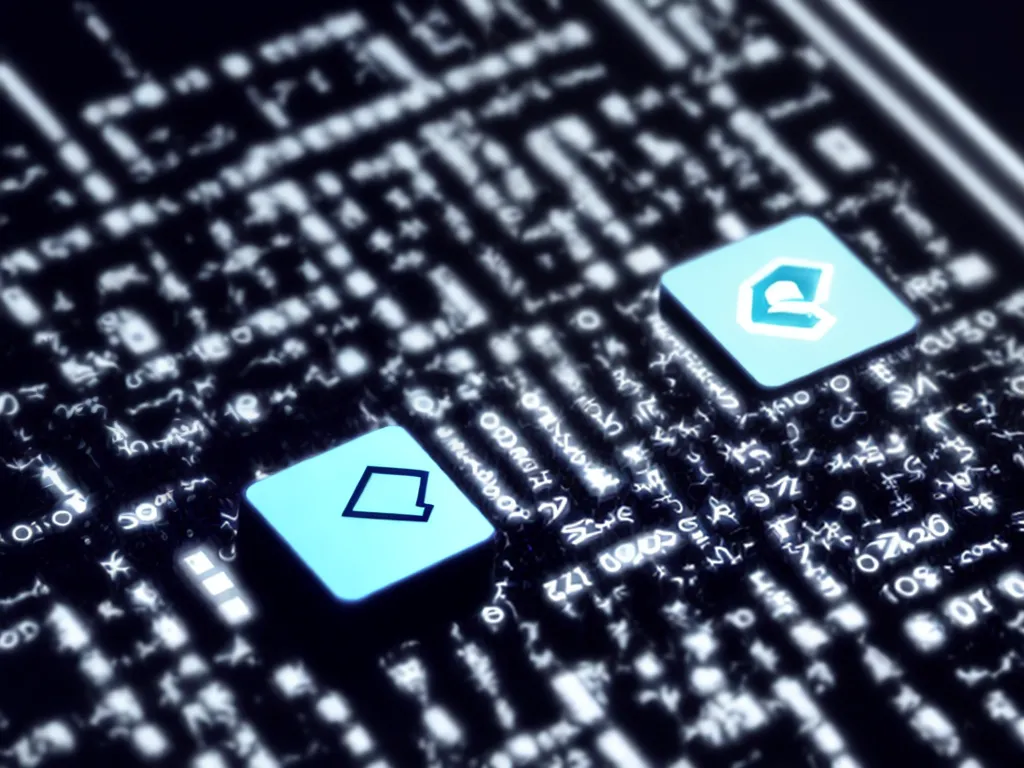Zero-Knowledge Proofs: Preserving Privacy Through Cryptography
Introduction
Privacy is an increasingly important issue in the modern digital world. As more of our personal information is stored online, there is a greater risk of sensitive data being compromised or misused without our consent. Zero-knowledge proofs offer a powerful cryptographic technique for preserving privacy. In this article, I will provide an in-depth look at how zero-knowledge proofs work and why they are useful for protecting sensitive information.
What are Zero-Knowledge Proofs?
A zero-knowledge proof is a method that allows one party (the prover) to prove to another party (the verifier) that they know a certain piece of information, without conveying any information apart from the fact that they know it.
For example, suppose Alice wants to prove to Bob that she knows a secret number between 1 and 100, without revealing the actual number. She can use a zero-knowledge proof to convince Bob that she knows the number, while keeping the number private.
The key properties of zero-knowledge proofs are:
- Privacy – No information about the secret is revealed other than the validity of the statement.
- Soundness – A dishonest prover cannot convince an honest verifier if the statement is false.
- Completeness – An honest prover will be able to convince an honest verifier if the statement is true.
This enables useful scenarios like authentication and secure computation, which I will explore more later in this article.
History and Development
The concept of zero-knowledge proofs was first proposed in the 1980s by Shafi Goldwasser, Silvio Micali, and Charles Rackoff in a groundbreaking paper titled “The Knowledge Complexity of Interactive Proof Systems”.
However, these early systems were very complex and inefficient to implement in practice. Oded Goldreich, Silvio Micali, and Adi Shamir later provided simpler constructions in the late 1980s, coining the term “zero-knowledge” proof.
Since then, advances in areas like interactive proofs, cryptographic commitments, and probabilistically checkable proofs have enabled more practical implementations of zero-knowledge protocols.
Key innovations include:
- Non-interactive proofs (no back and forth interaction required)
- Succinct proofs (very compact and easy to verify)
- Post-quantum cryptography (resistant to quantum computing attacks)
Today, zero-knowledge proofs are an active area of cryptography research and have begun to see real-world adoption in applications like privacy-preserving identity systems, blockchain technology, and more.
How Zero-Knowledge Proofs Work
At a high level, a zero-knowledge proof protocol involves an interactive challenge-response between the prover (P) and the verifier (V). Here are the basic steps:
-
Setup: P and V agree on the statement to be proven.
-
Commitment: P commits to a certain value (e.g. encrypts it) without revealing it.
-
Challenge: V issues a random challenge to P.
-
Response: P provides a response derived from the committed value.
-
Verification: V is able to verify the proof based on the response, without learning the actual value.
Cryptographic techniques like commitment schemes and hash functions are used to ensure the security properties hold. The interactions are carefully constructed so that V only gains confidence P knows the value, but learns nothing else.
There are different flavors of zero-knowledge proofs with different tradeoffs:
- Interactive – Multiple back and forth challenge/response rounds
- Non-interactive – Single message from P to V
- Public coin – V randomly generates the challenge
- Designated verifier – Proof is only convincing to a specific V
Applications of Zero-Knowledge Proofs
Here are some of the major applications where zero-knowledge proofs provide important privacy benefits:
Authentication
- Prove identity or credentials without revealing actual identity data.
- Example: Cryptographic logins like used by Microsoft’s U-Prove technology.
Blockchains
- Enable privacy-preserving transactions.
- Verify correctness of computations without revealing inputs/outputs.
- Example: Zcash for private cryptocurrency transactions.
Secure Multi-Party Computation
- Allow parties to jointly compute function on their inputs without revealing anything except result.
- Example: Private set intersection between two parties to find common set members.
Verifiable Credentials
- Issue credentials (e.g. licenses, certificates) that can be anonymously yet cryptographically verified.
- Example: Decentralized identifiers (DIDs) using zero-knowledge proofs.
Challenges and Limitations
Despite their enormous potential, zero-knowledge proofs face some challenges and limitations:
- Computational complexity – Proving and verifying zero-knowledge proofs can be computationally intensive.
- Trusted setup – Some protocols require a trusted party to generate initial parameters.
- Quantum computing resistance – Susceptible to future attacks by quantum algorithms.
- User experience – Hard to transparently integrate into familiar apps and services.
However, the field is rapidly evolving with new cryptographic breakthroughs and implementation optimizations happening frequently.
The Future of Zero-Knowledge Proofs
Zero-knowledge proofs are an extremely active area of research and development. Here are some promising directions for the future:
- New post-quantum constructions resilient to quantum attacks.
- Recursive proofs to reduce proof sizes and enable more complex statements.
- Succinct arguments of knowledge for more efficient verifiability.
- Standardization of zero-knowledge protocols for widespread adoption.
- Development of user-friendly libraries and integration with applications.
- Applying zero-knowledge technology to new domains like internet of things (IoT) security.
As zero-knowledge proofs continue advancing, they have the potential to provide strong privacy guarantees and enable many groundbreaking applications. The next decade promises to be an exciting time for this powerful cryptographic tool.
Conclusion
Zero-knowledge proofs provide an elegant approach for proving knowledge of secret information while preserving privacy. Since their theoretical beginnings decades ago, much progress has been made in developing practical implementations. Today, zero-knowledge proofs are emerging from academia into real-world systems where strong privacy assurances are required. As research in zero-knowledge cryptography pushes forward, these proofs are poised to become an impactful technology for balancing authentication, verification, and confidentiality across many different domains.













